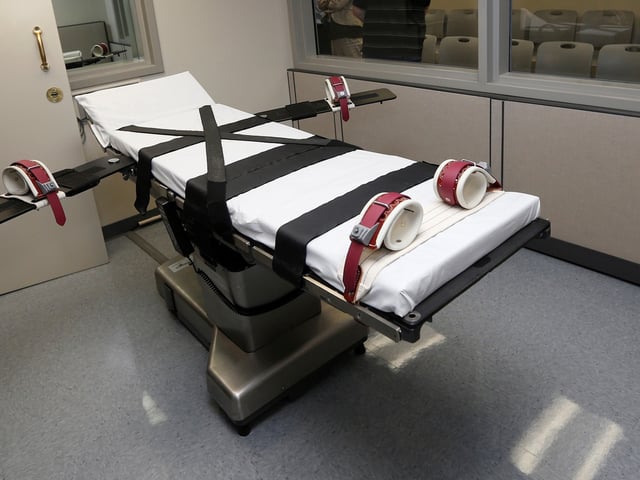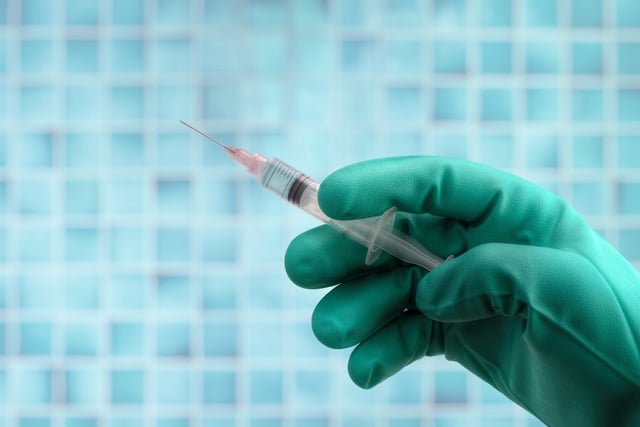Overview
- Byron Black was executed by lethal injection at 10:43 a.m. on August 5 in Tennessee with his implantable cardioverter defibrillator left active.
- The U.S. Supreme Court declined his final appeal on August 4 and Governor Bill Lee refused clemency, ending his legal and executive options.
- A mid-July trial court order to deactivate the device was overturned days later by the Tennessee Supreme Court.
- Black’s defense argued that his dementia, brain damage and heart failure could worsen pain if the device delivered shocks during the procedure.
- The case has underscored ethical objections from health care professionals who view execution involvement as a breach of medical ethics.


